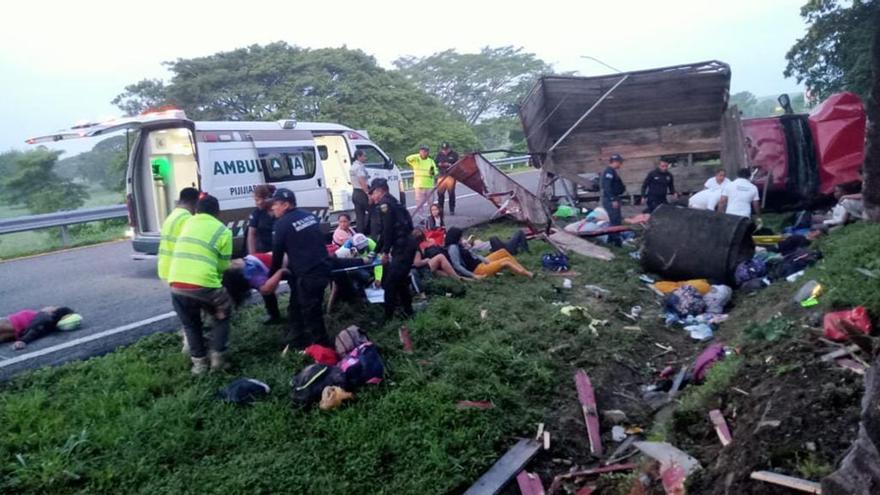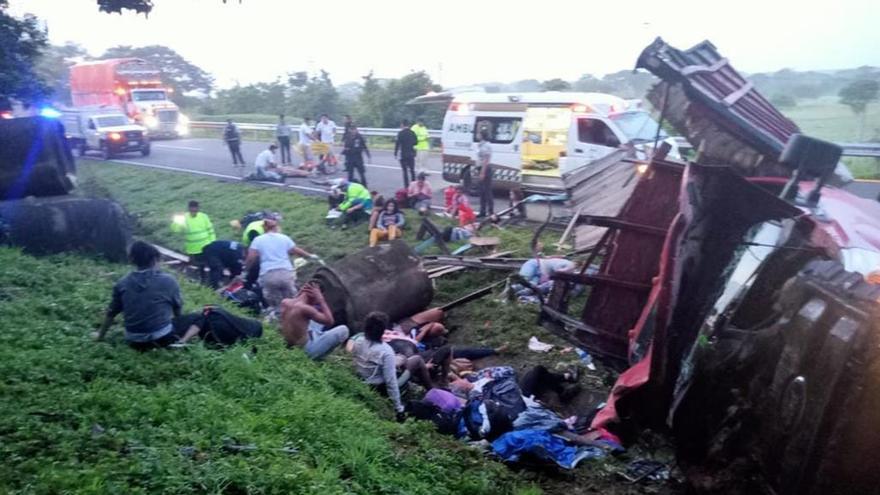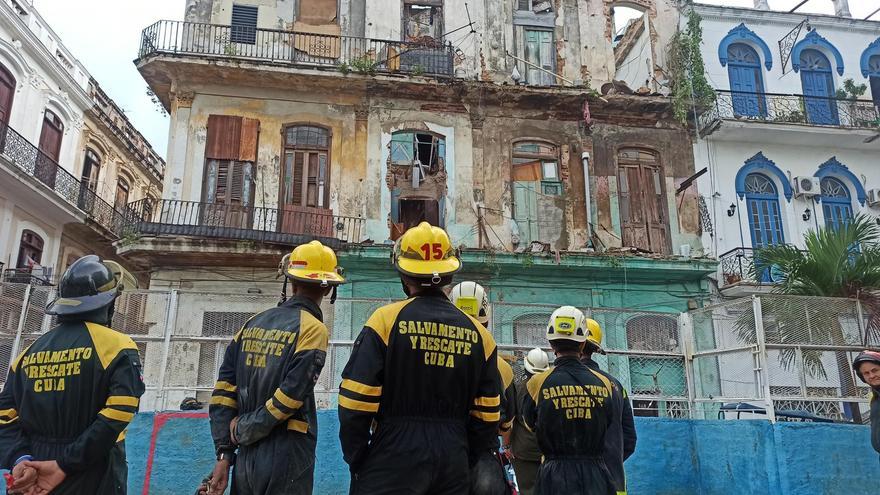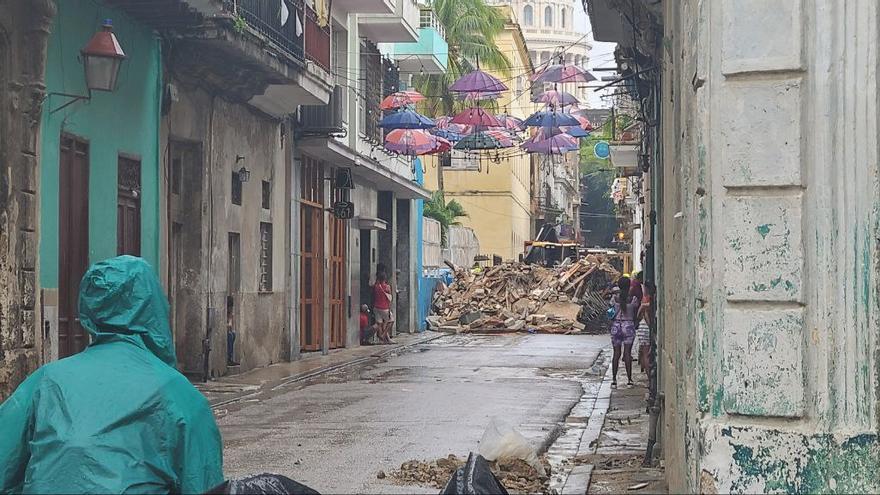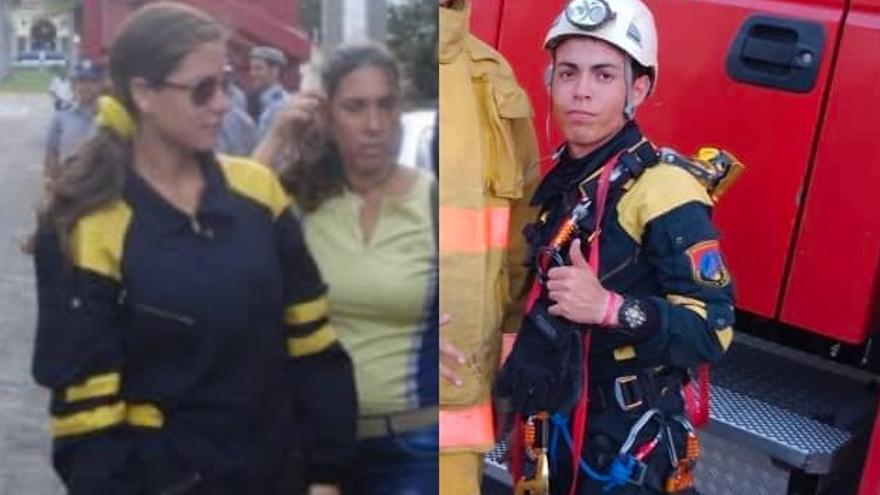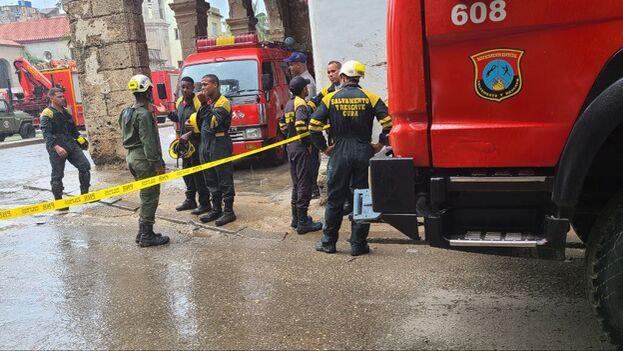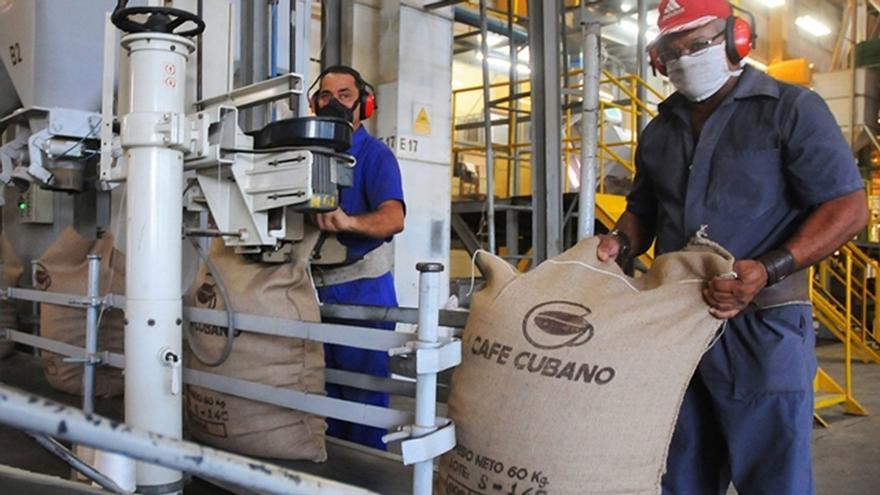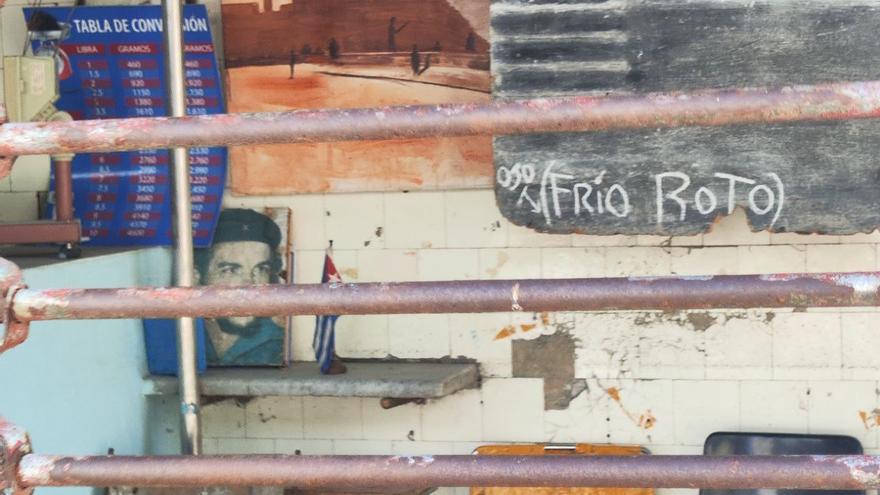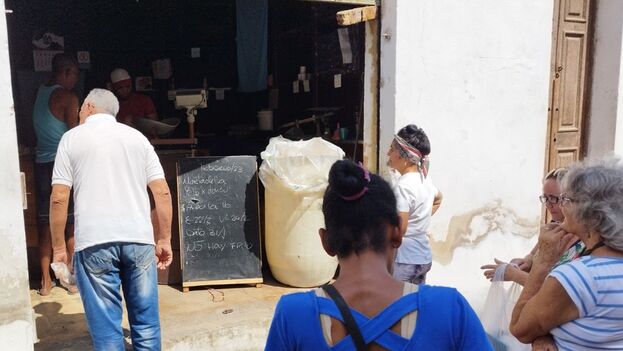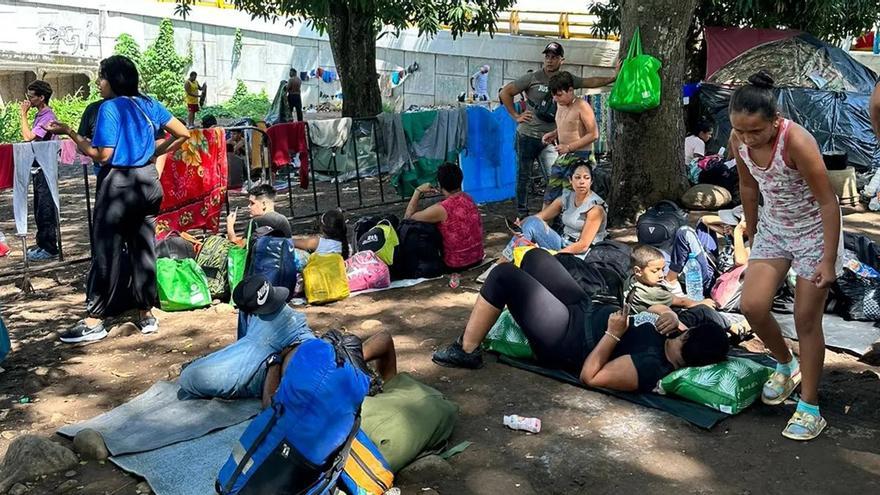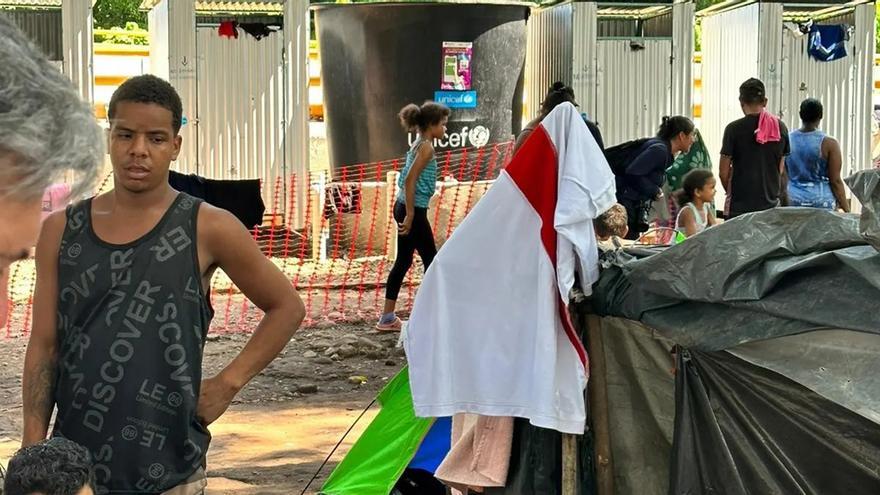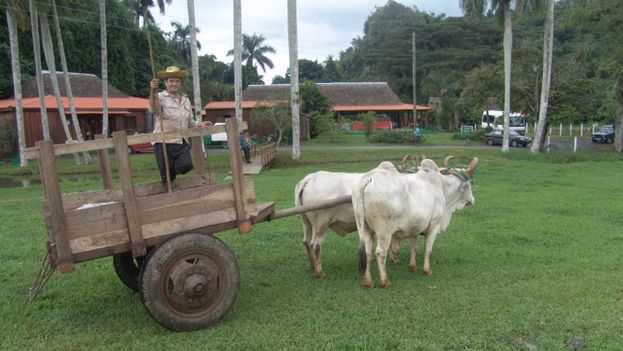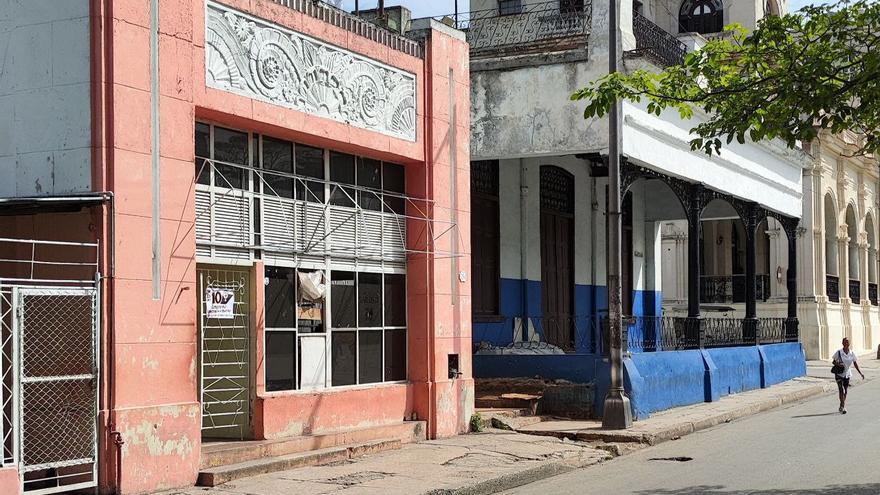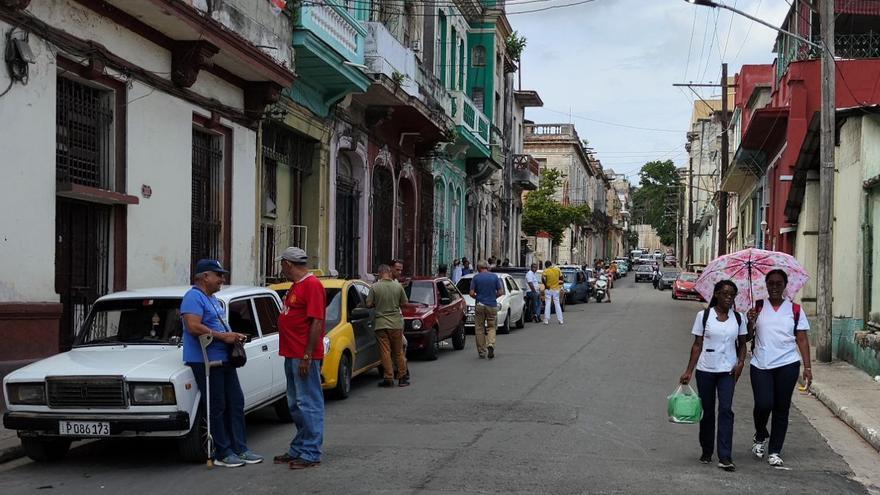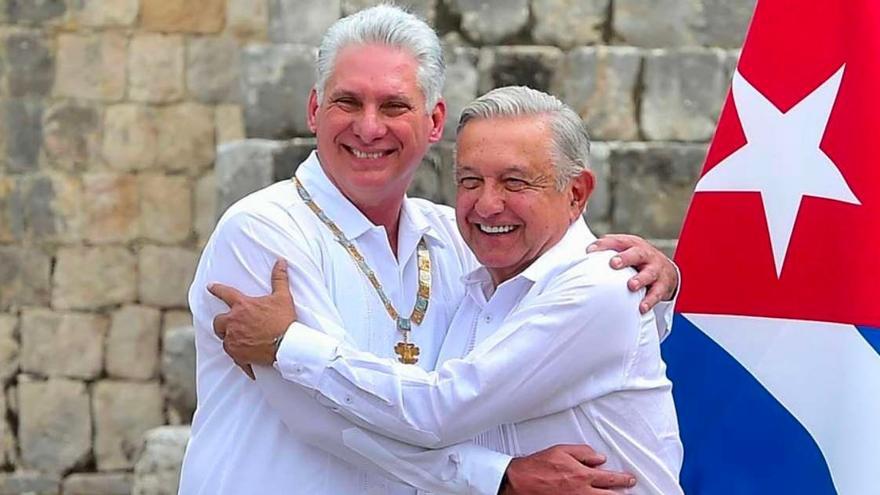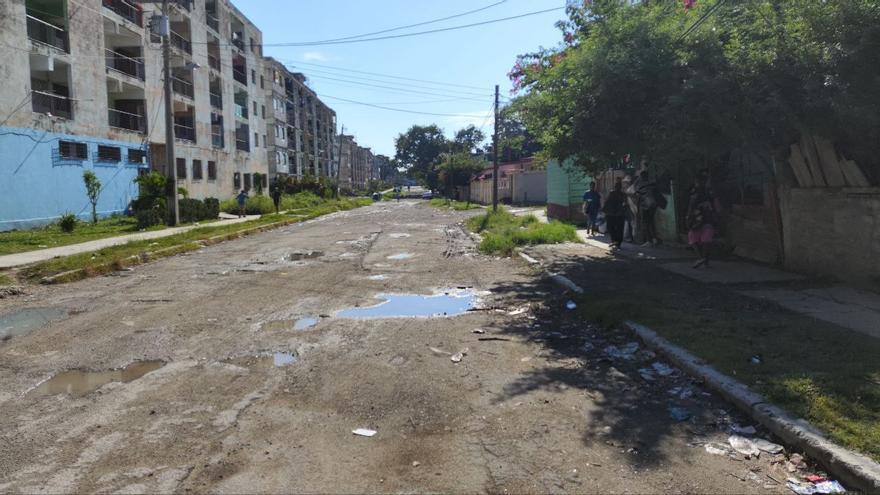To begin with, it must be said that this analysis is incorrect for one reason. It does not take into account the importance of technological innovation for agricultural activities. For example, Spain, with less than 4% employment in the agricultural sector, is a nation that exports its main horticultural and fruit production throughout Europe, including pork derivatives such as ham and sausage. The question is, why is Cuba, with almost a fifth of those employed engaged in the agricultural sector, unable to feed the population, and Spain with less than 4% can feed all Spaniards and a good part of Europe?
The answer is in the technology. The Spanish countryside has experienced processes of expulsion from employment since the 60s of the last century, such as those now in Cuba, but agricultural production has actually been increasing. Before, tens of thousands of workers were employed every summer in the harvest of Castilian cereal. Now, a farmer with an automatic mower not only harvests the field but also manufactures at the same time the straw bales that are marketed in the markets of northern Europe where livestock feed is scarce. The land is much more productive than ever.
The profitability of cereal farms, vineyards, olive groves and all kinds of fruit trees has made the Spanish agricultural sector one of the most attractive in the economy to invest in and earn money. The private business sector has been in charge of achieving this magic that is real. continue reading
In Cuba, with so much influence and predominance of the State in agricultural production, the trend has been just the inverse, and now alarm is growing among the authorities because the general negative demographic dynamics suffered by the population is especially intensely affecting agricultural activities, which, according to the leaders, “puts food security and sovereignty, and other branches of the economy and society in danger.” And now they realize it.
So the leaders are facing an incredible problem. The sector of the Cuban economy that concentrates the highest volume of employment, exceeding 994,000 people, almost a fifth of total employment as has been said, is a sector in which workers are scarce. And that television program was dedicated to dealing with this issue.
The first thing was the migration to the city, also described as “a problem not only for the economy but for society as a whole, families and the country, including the migration that occurs between provinces and municipalities.” Described as a “decisive issue in the demographic dynamics of Cuba, which like the decrease in population constitutes a universal problem, in the same way migration from the city to the countryside occurs, but on a much smaller scale.”
Population movements from rural to urban areas are mostly female (about 17% in the country), with the predominance of populations in active and reproductive ages. Meanwhile, almost a quarter of the population still resides in rural areas, 23%, 2.3 million people, while 8.7 million reside in urban areas, pointing to an unequal distribution. Granma province is eminently agricultural with mountainous areas, and 40% of its inhabitants live in rural areas. Havana is, by definition, totally urban. In rural areas there are more men than women, in addition to being the areas of greatest aging, and women who work formally in the rural areas earn less than in the urban ones.
Internal migration, which is the objective to be addressed through the “socialist” policies that lead the nation, has its origin in the differences between territories in aspects such as the living and working conditions of people, who move to look for better opportunities and better living conditions. Nothing new under the sun. It’s the same as in other countries of the world.
To this are added other factors that are specific to Cuba. For example, even within the range of agricultural companies there are dissimilar incentives, not only in salaries. In terms of product marketing, for example, there are problems with roads and transportation, which affect the domestic sphere, and with fuel for cooking, which affects motivation. It’s the eternal problem of incentives, which are outlawed by the communist regime but which are more important than ever.
In second place are the issues related to the social organization of activities and life in those communities, where gender relations tend to be even comparatively more asymmetric, more unequal. This affects the mostly female migration to urban areas. In conclusion, Cuban women are still inferior to men despite the demagoguery of the so-called revolution.
And thirdly, it refers to access to Health and Education services, which also motivate many people in the face of difficulties with transportation to feel the need to bring their children closer to schools. The achievements of the revolution do not reach everyone. It was all a fairytale.
So, the participants in the program agreed that you have to address the differences in the territory if you want to achieve something, but you have the impression that also, on this issue, they arrive late and badly. It will be very difficult to act on population trends that have been manifesting for decades in the face of the leaders’ inertia, and even more difficult to solve the problem of an alleged lack of agricultural labor.
None of the attendees stopped to consider that perhaps the problem is related to the way of managing the means of production, land and work, which in the Cuban agricultural sector are state-owned and are unable to benefit from private commercial management. Perhaps we should start with the production relationships, which limit, slow down and repress the productive potential of the Cuban countryside.
Migration from the countryside to the city can be stopped, and drastically, if income, wages and profits grow and are directly related to sustainable productivity gains and the profitability of farms. That is the model to be tested, as the Vietnamese and Chinese did, where technology plays a key role in increasing production and productivity.
In the program it was also said that “young people do not want to go to the countryside,” and it was explained that this is not a phenomenon exclusive to Cuba, citing the case of China, where youth unemployment stands at 20% since many prefer to stay in cities with low wages than go to the countryside to work or live in more rural areas. It is still significant, to highlight at this point, the massive employment of young immigrant labor in the agricultural sectors of the advanced countries. Young men do want to participate in farming, but conditions must be right for this to happen.
A series of comments came to the program, such as the remarkably clairvoyant one that said “to really produce you have to be stimulated, and institutional voluntarism must be eliminated.” Another said that people who manage to uproot themselves from the place where they live in the countryside do so “for an improvement in life, because they get tired, and there is no good remuneration for agricultural work.” Blackouts were even cited in rural areas, apparently much more continuous and widespread than in urban areas.
So, what solutions were considered by the communist leadership to face this phenomenon of depopulation of the countryside?
Well, let’s not expect anything new because, in addition, none of them has been evaluated. They continue to bet, apparently, on the usufruct land delivery program that has been developed in the country, to reach 200,000 usufructuaries and almost more than 400,000 land tenants, and now they intend to grant land to young people who graduate from Active Military Service, another big mistake in the making. The results of this land transfer policy are well known and have not served to stimulate production because no one considers that those lands are theirs, and therefore there is a lack of motivation for their improvement and efficient exploitation.
The matter has been complicated in recent times, with the adoption of local territorial development strategies, which by the work and grace of the communists seek to strengthen the link of the population with the productive structure, in an aggressive exercise of rupture of the internal market that should guide production decisions at the national level.
As for the need to enhance the training of qualified and technical personnel in their areas of origin for the agricultural sector, it does not seem to be possible since it would require a volume of expenditure that is difficult to sustain in the current deficit situation.
With regard to housing to stimulate the permanence of young people who engage in agricultural activities, it’s not possible to act at that level if the entities in charge of new construction or improving the existing buildings don’t appear.
So the regime is overwhelmed by the phenomenon of internal and external migrations and the impact they have on employment needs in certain sectors. The fear is that it starts with agriculture and livestock, but at any time the lack of employment can be extended to other sectors of the economy, such as housing, transport and construction. The Cuban economy, led and planned by the communist state, continues without a fixed direction or strategy, and every step taken by the authorities (remember the Ordering Task?*) leaves more negative effects than the previous ones. We have to prepare for the worst.
*Translator’s note: The Ordering Task was a collection of measures that include eliminating the Cuban Convertible Peso (CUC), leaving the Cuban peso (CUP) as the only national currency, raising prices, raising salaries (but not as much as prices), opening stores that take payment only in hard currency, which must be in the form of specially issued pre-paid debit cards, and a broad range of other measures targeted to different elements of the Cuban economy.
Translated by Regina Anavy
____________
COLLABORATE WITH OUR WORK: The 14ymedio team is committed to practicing serious journalism that reflects Cuba’s reality in all its depth. Thank you for joining us on this long journey. We invite you to continue supporting us by becoming a member of 14ymedio now. Together we can continue transforming journalism in Cuba.
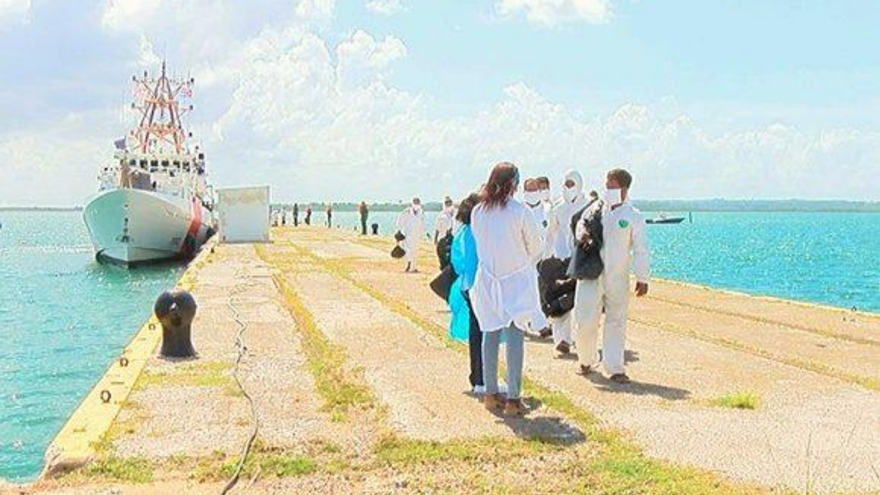
![]() EFE (via 14ymedio), Havana, 4 October 2023 — On Tuesday, the Government of Cuba blamed the United States for the accident in which ten Cuban migrants were killed in southern Mexico and urged it to adopt the “necessary measures” to prevent similar events.
EFE (via 14ymedio), Havana, 4 October 2023 — On Tuesday, the Government of Cuba blamed the United States for the accident in which ten Cuban migrants were killed in southern Mexico and urged it to adopt the “necessary measures” to prevent similar events.
